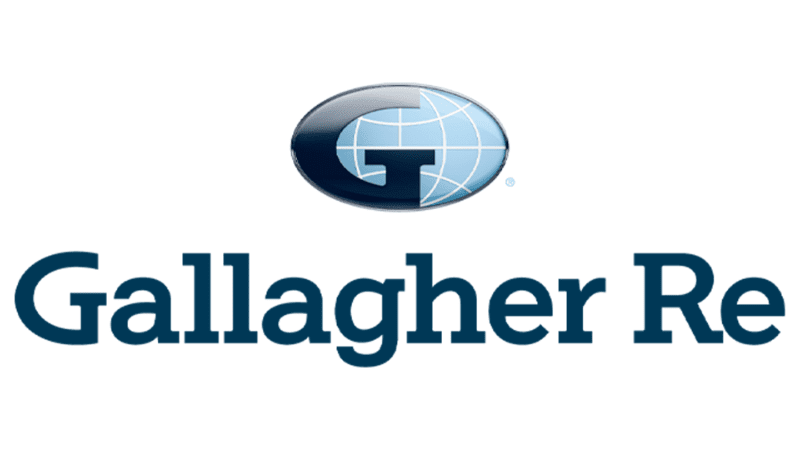Aggregate covers remain unattractive to reinsurance underwriters: Gallagher Re

Property catastrophe reinsurance capacity is expected to remain relatively flat at the January 2024 renewals according to a survey from broker Gallagher Re, which also suggests that reinsurer appetite for writing aggregate coverage and lower-layers remains limited.
It’s yet another signal that the January renewals will not see all reinsurance buyers getting what they really want, as demand for these frequency and higher-risk covers remains likely to be unmet, which is leaving ceding companies keen to find alternative ways to shed more of this volatility.
Josh Knapp, Executive Vice President, Broking – National, at Gallagher Re, recently explained that, “Ahead of the 1.1.2024 reinsurance renewals, reinsurers’ overall appetite for US regional property catastrophe (Cat) coverage remains healthy, but carriers are proving less willing to provide aggregate covers for regional property Cat risk, preferring instead to deploy capital through occurrence excess of loss (XOL) programs.”
24 of the reinsurers most active in the US market were surveyed and the broker found that the overall amount of property catastrophe reinsurance capacity that will be deployed to US programs at 1/1 is expected to remain relatively flat.
Some 58% of reinsurers are planning to write about the same amount of property exposure as last year, but 38% are planning for modest growth, Gallagher Re said.
A year ago, Gallagher Re undertook a similar survey and found 37% of reinsurance firms unwilling to write aggregate covers.
However, this year, that percentage has jumped to 63%, signalling a true aversion to taking on aggregate catastrophe reinsurance exposure in the United States.
The dynamics may be challenged for aggregates and at the lower-layers of reinsurance towers at the January 2024 renewals, but Gallagher Re expects conditions will be much healthier at upper-layers, where competition will be more robust.
Knapp explained, “There are now signs that reinsurers are beginning to lean into this market in a more meaningful but selective way.
“Reinsurers’ desire to shift capacity further up the programs to more remote layers will result in ample capacity at these levels, which could result in a reduction in pressure on rates. The challenge for 1.1, therefore, is to balance this dynamic with reinsurers being willing to support programs across the board.”
Knapp noted that while riensurers don’t want to write aggregate covers, they are more willing to provide second and subsequent event covers, with a quarter saying they would write this kind of reinsurance product.
Price increases are likely to be more targeted at the 2024 reinsurance renewals as well.
Knapp said that, “For loss-free property Cat XOL exposures, 84% of our respondents said they expected pricing to increase less than 20%, with 46% indicating less than 10% increases. A small number even reported they expected prices to drop by up to 5%.
“This outlook for buyers is better than last year, when a fifth of reinsurers looked for a more than 20% price lift, and no carriers expected a drop in rates.”
However, Knapp also explained that, “For portfolios that have been impacted by losses, 68% of respondents expected a price increase of 10% to 30%.”
But, for insurers that have been retaining more risk and losses, this trend could continue.
“Carriers should expect reinsurers to push for retention increases in some cases. The survey found that 78% of respondents indicated that greater than 10% of their portfolios will require retention increases, with 39% indicating that they will be pushing for retention increases on at least 20% of their portfolio. At a minimum, reinsurers will be looking to keep retentions on pace with exposure change and inflation,” Knapp said.






